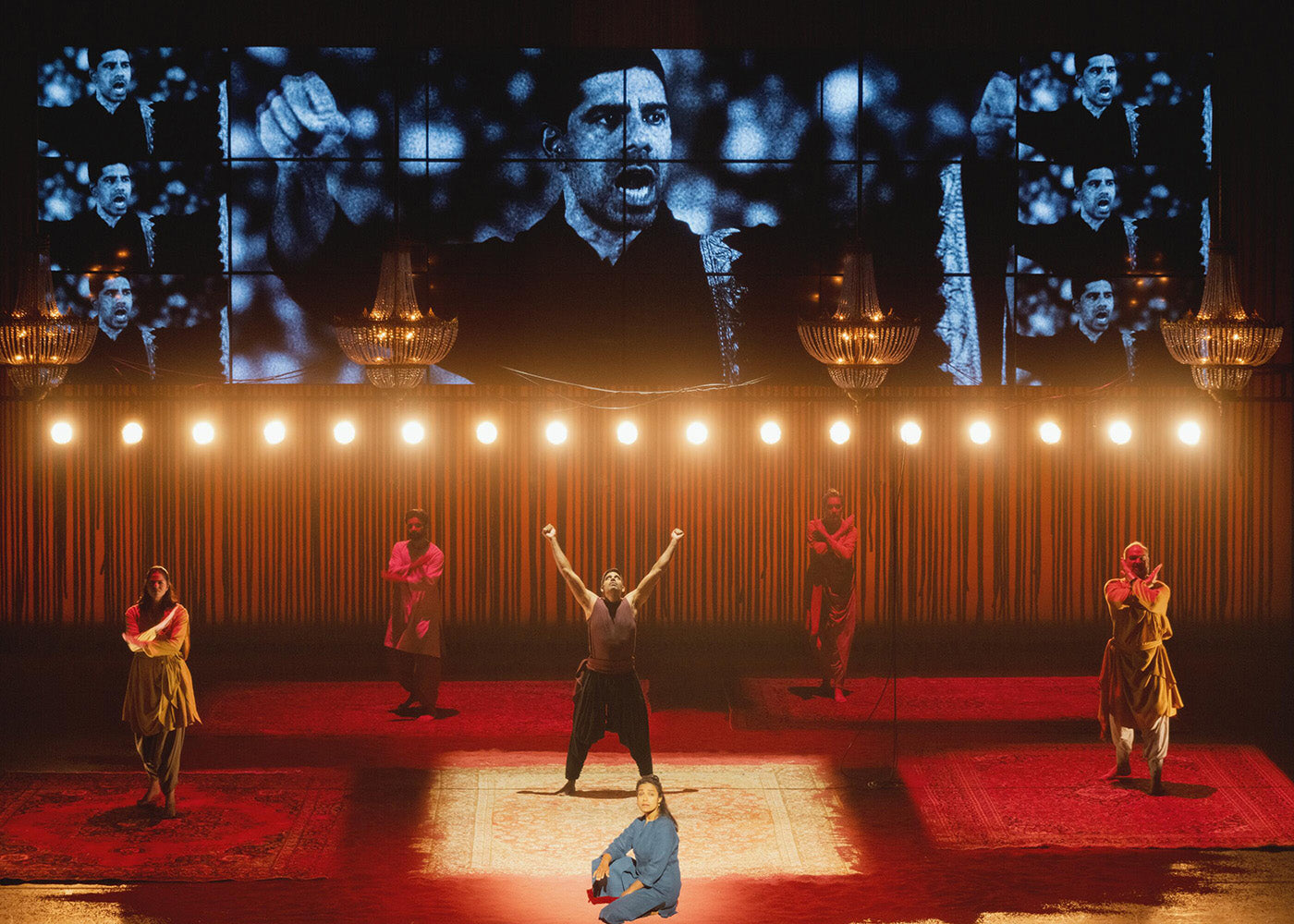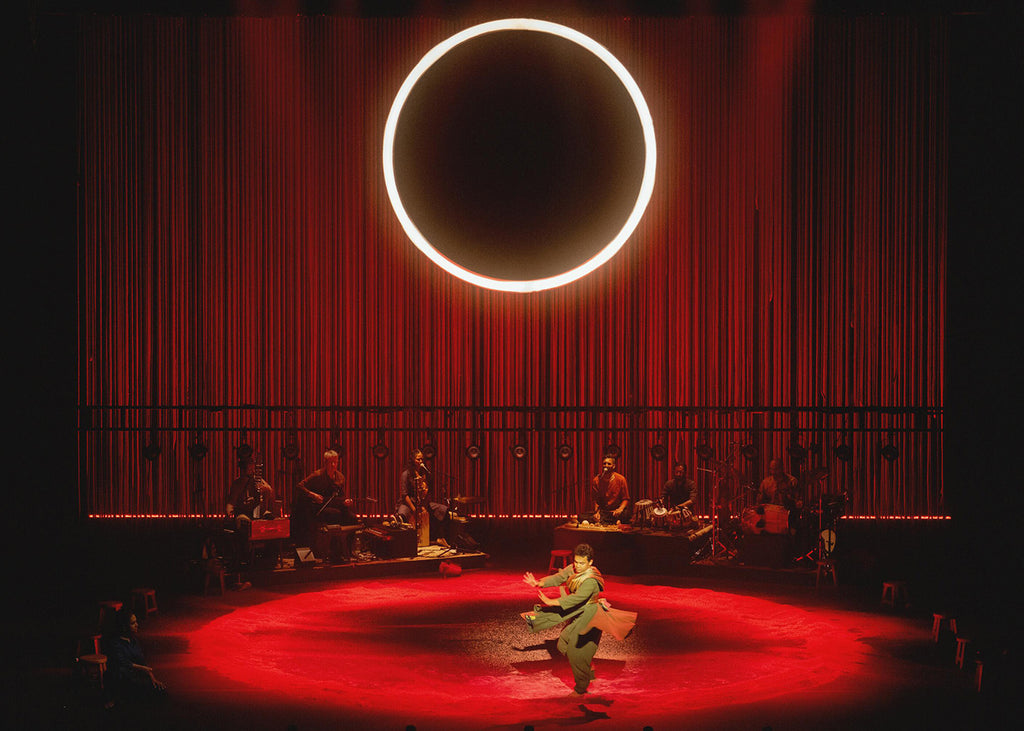Mishima’s Muse
Japan Society’s Yukio Mishima centennial series culminated with “Mishima’s Muse – Noh Theater,” which was actually three programs of traditional noh works that Japanese author Yukio Mishima adapted into modern plays.
Plus
World-class review of ballet and dance.
Why Not Theatre’s bold, multidisciplinary adaptation of the Mahabharata drew a rapt audience at Lincoln Center’s vibrant summer arts festival “Summer for the City.” The Toronto-based ensemble’s co-artistic directors Ravi Jain and Miriam Fernandes anchored the script upon Carole Satyamurti’s “Mahabharata: A Modern Retelling.” The 4,000-year-old Sanskrit epic, so foundational to Indian culture, offers thought-provoking contemplations for all time. It weaves tale upon tale of a family feud as it explores philosophical and spiritual ideas central to human reflection: What is our purpose? Can justice be attained through violence?
Performance
Place
Words



“Uncommonly intelligent, substantial coverage.”
Your weekly source for world-class dance reviews, interviews, articles, and more.
Already a paid subscriber? Login

Japan Society’s Yukio Mishima centennial series culminated with “Mishima’s Muse – Noh Theater,” which was actually three programs of traditional noh works that Japanese author Yukio Mishima adapted into modern plays.
PlusThroughout the year, our critics attend hundreds of dance performances, whether onsite, outdoors, or on the proscenium stage, around the world.
PlusOn December 11th, the Alvin Ailey American Dance Theater presented two premieres and two dances that had premiered just a week prior.
PlusThe “Contrastes” evening is one of the Paris Opéra Ballet’s increasingly frequent ventures into non-classical choreographic territory.
Plus
comments